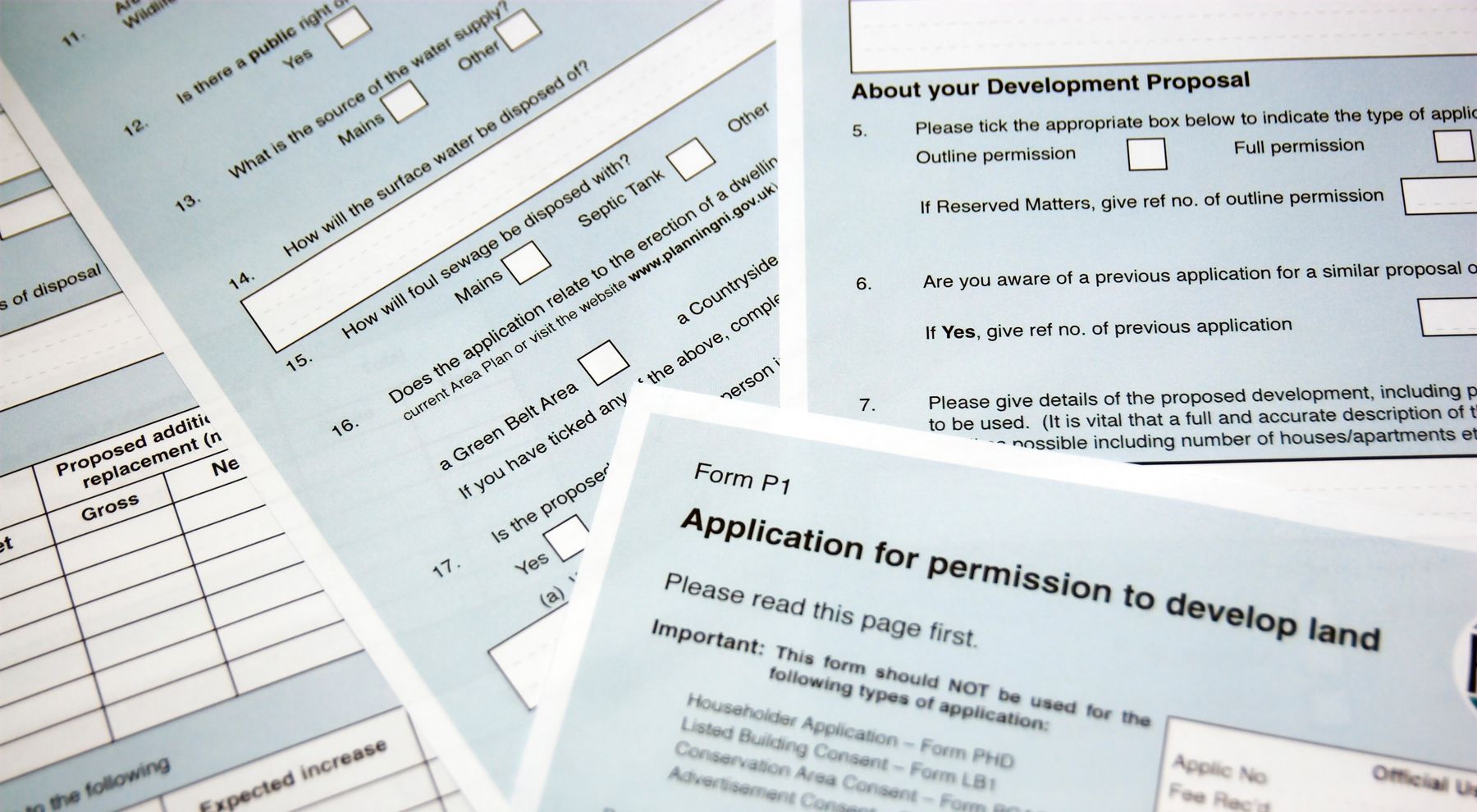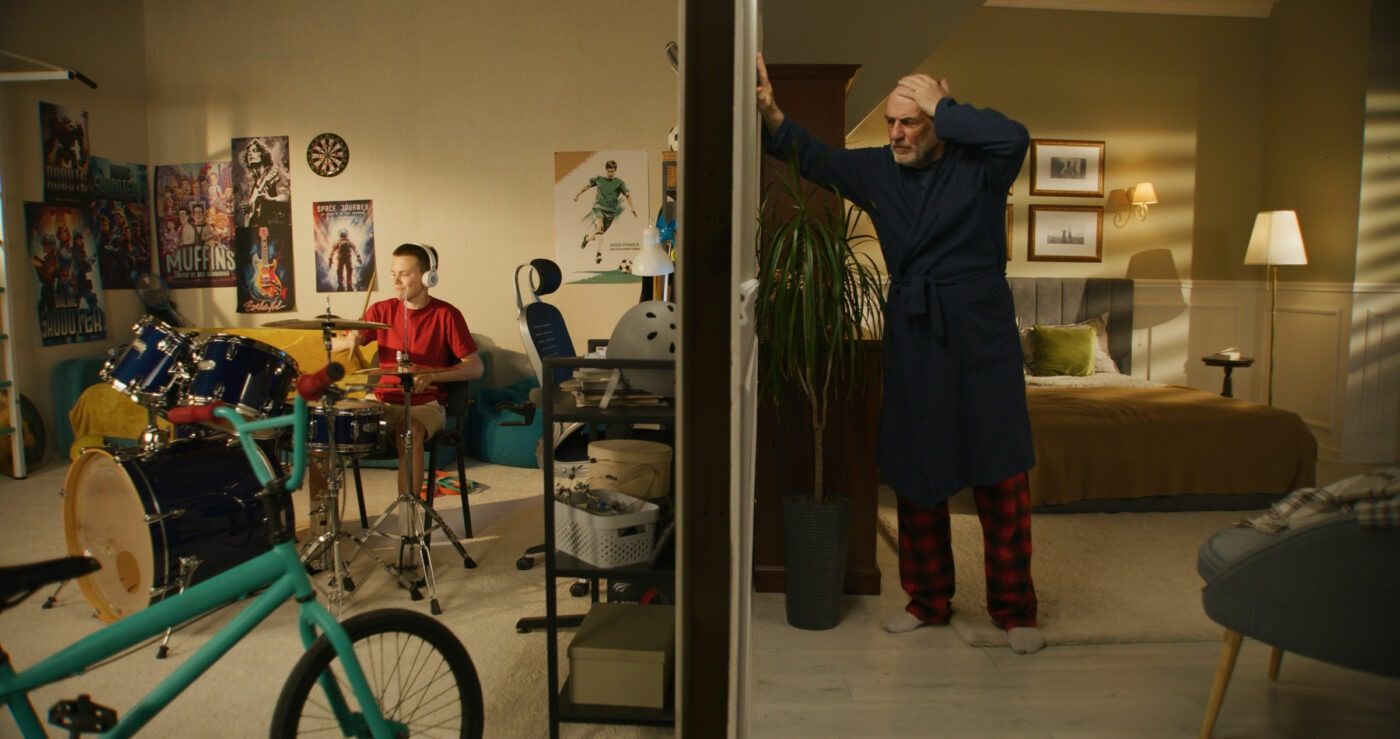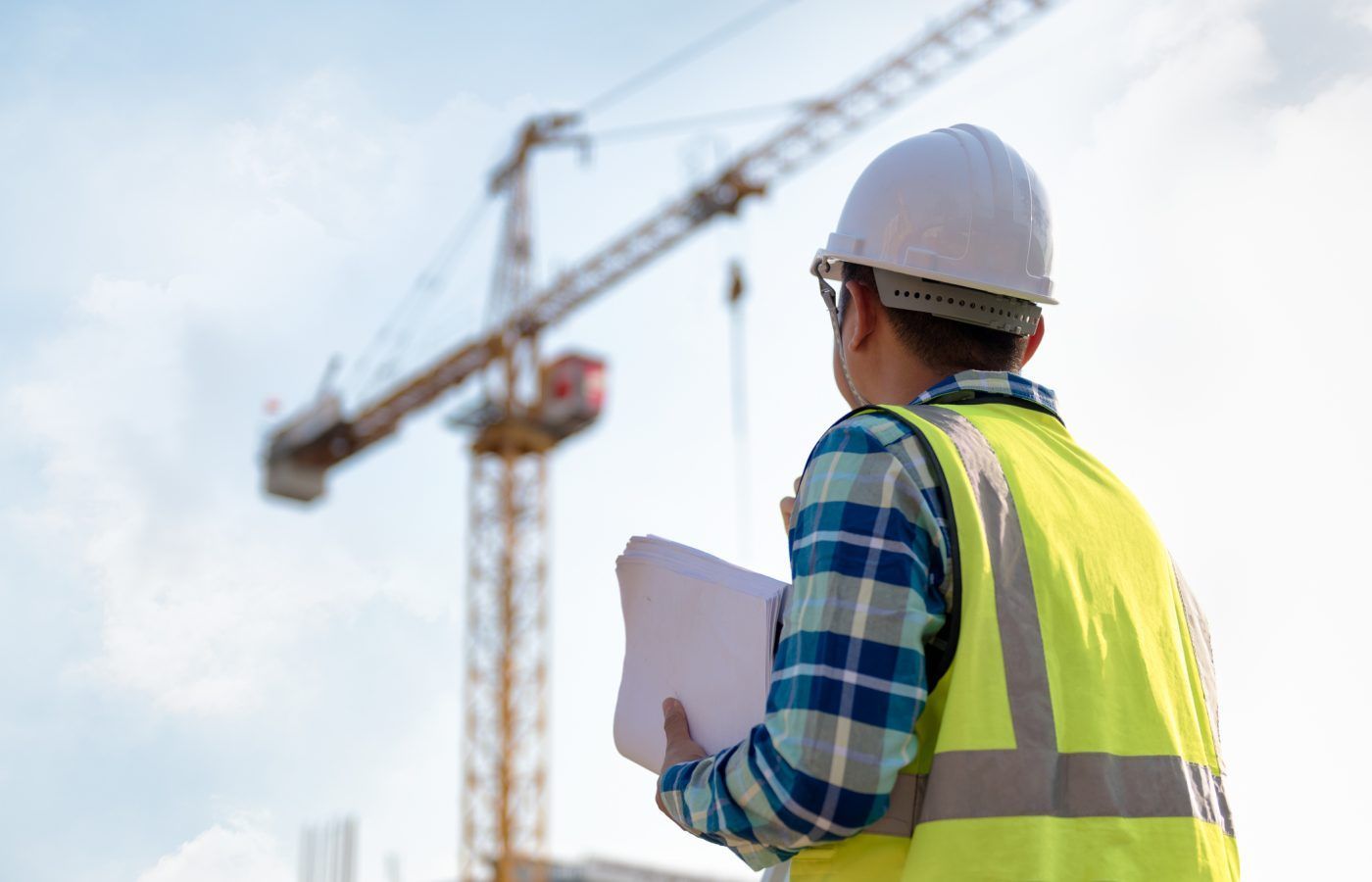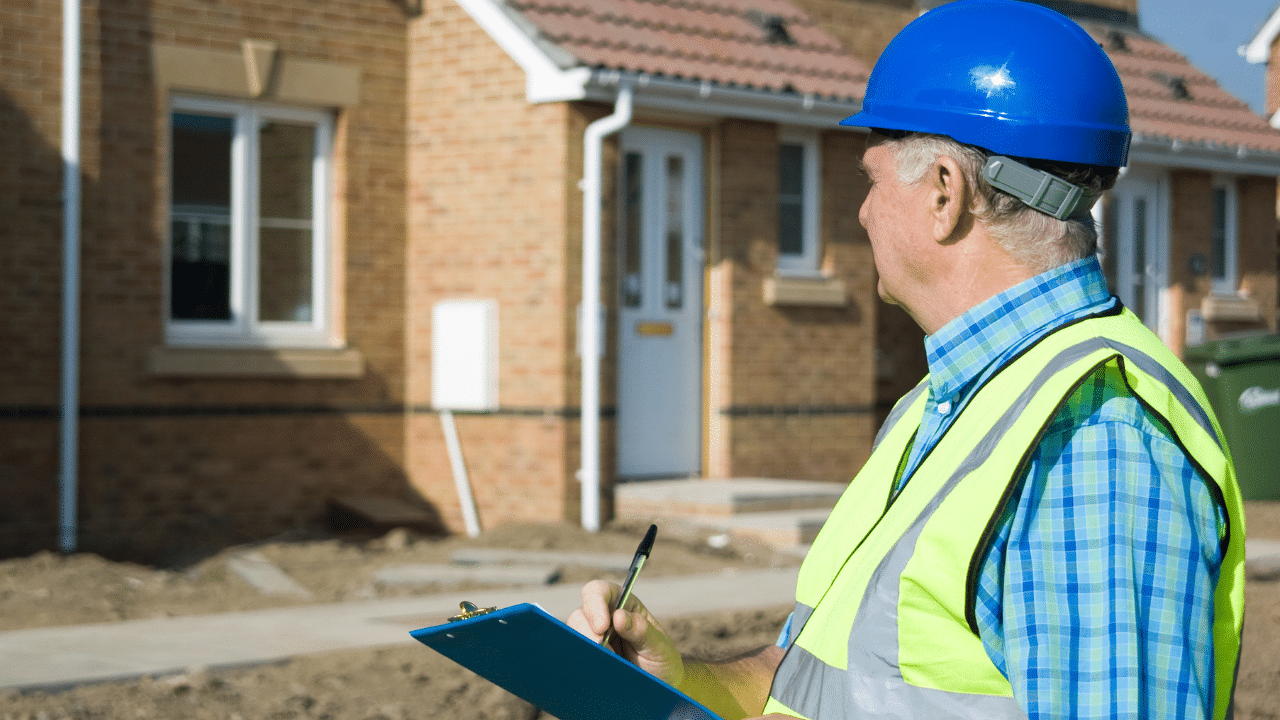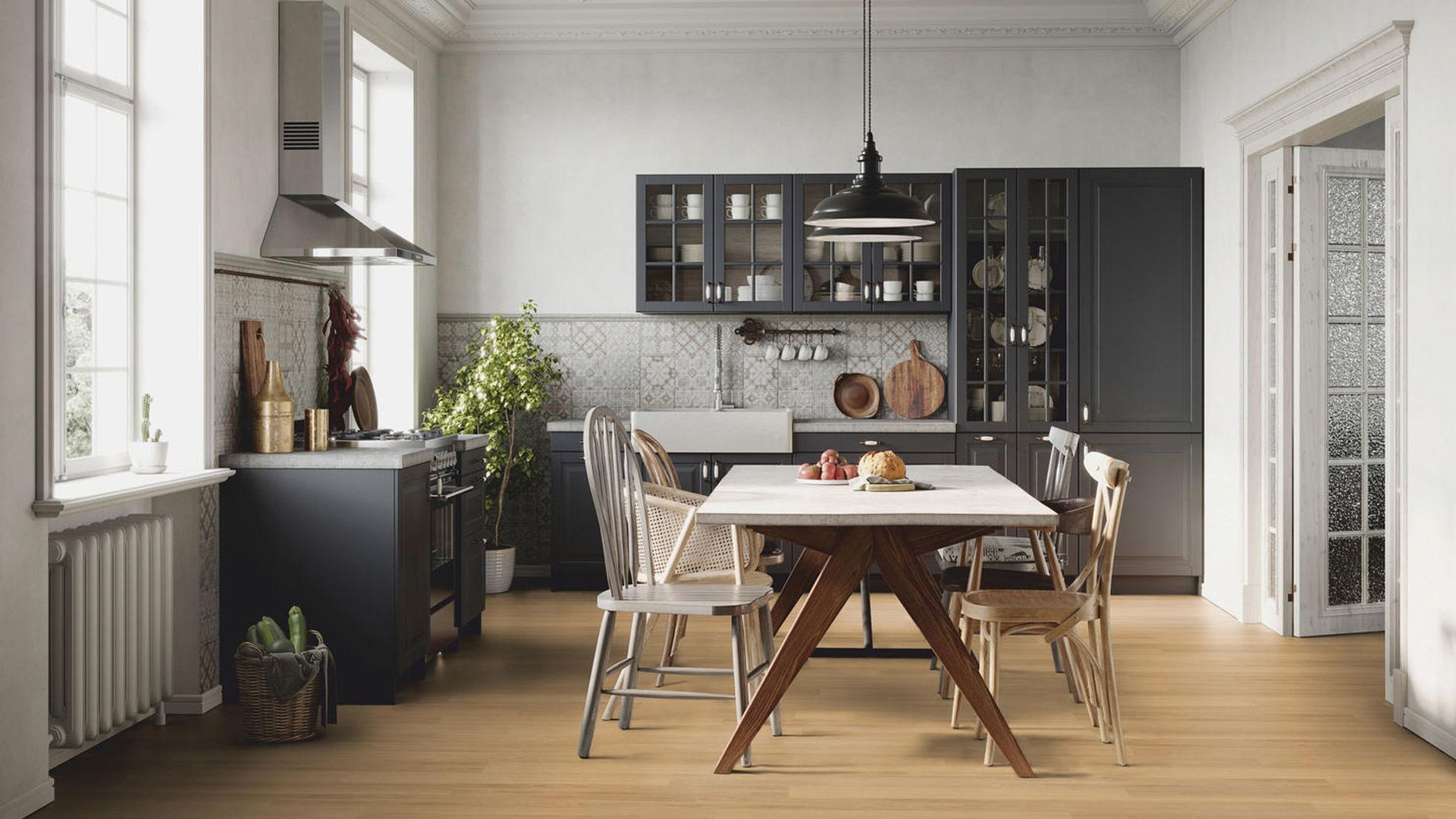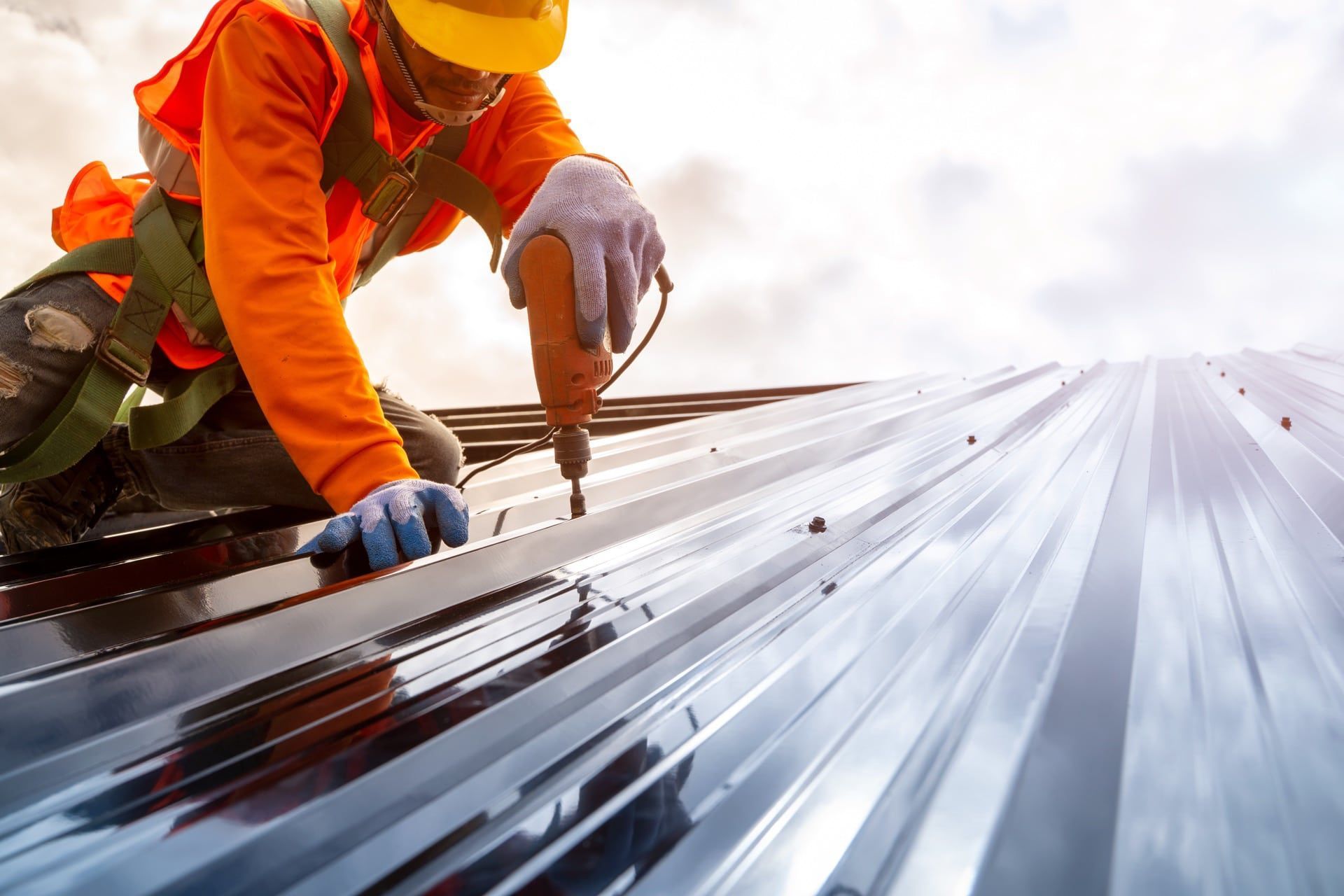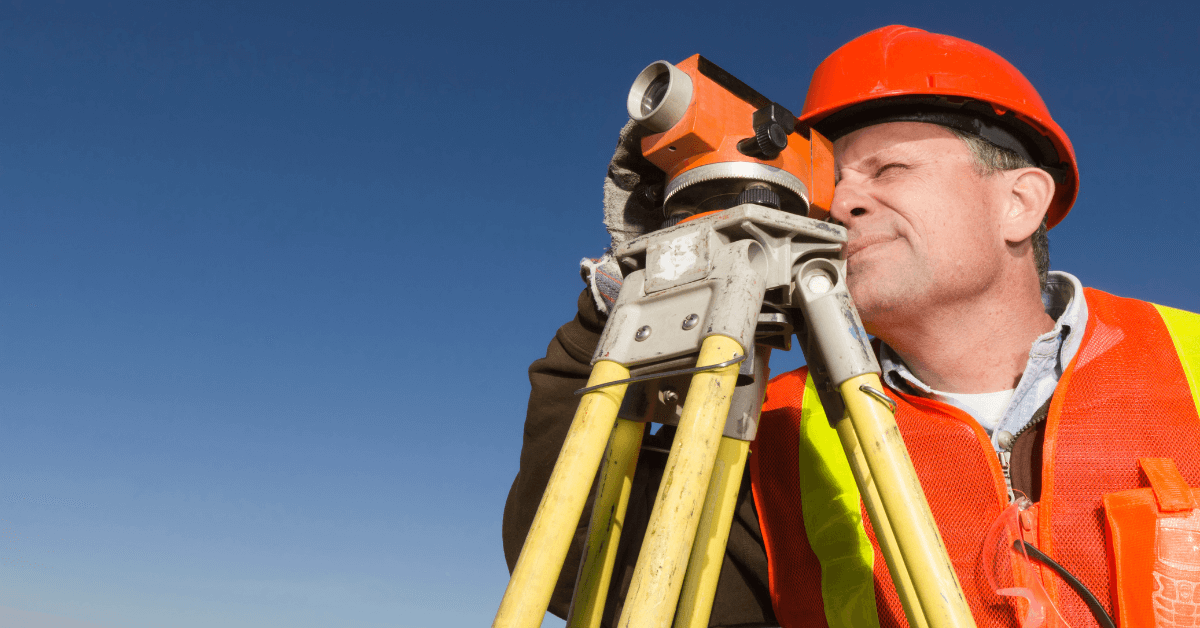Common Building Defects: Identifying and Addressing Issues
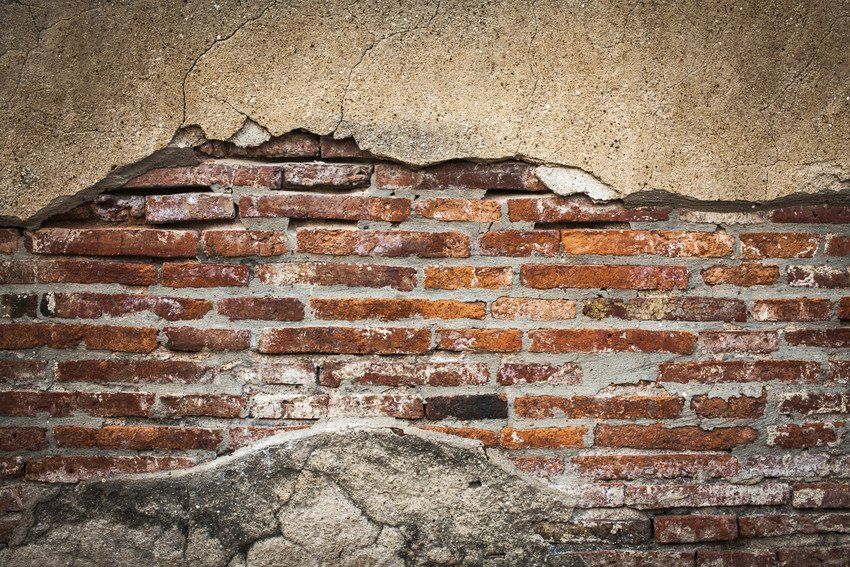
Building defects can significantly impact the functionality, safety, and visual appeal of a structure. It’s therefore essential for homeowners, property developers, and building professionals to be aware of common building defects in order to keep properties in their best condition. In this blog, we will explore five common building defects, their causes, and potential solutions.
Structural deficiencies
Structural issues are among the most serious building defects, posing risks to the safety and stability of a building - common causes include poor construction practices, weak reinforcement, foundation settlement, or exposure to extreme weather conditions. Signs of these structural deficiencies may include cracks in walls or ceilings, uneven floors, or sagging roofs. Addressing these defects typically requires the services of a structural engineer, who will assess the extent of the damage and recommend appropriate repairs or reinforcements if necessary.
Water infiltration and dampness
Water infiltration and dampness can lead to a multitude of problems, including mould growth, deterioration of building materials, and compromised indoor air quality. Common sources of water infiltration include leaky roofs, poorly sealed windows, faulty plumbing, or inadequate ventilation. Preventive measures may include repairing or replacing damaged roof tiles, improving insulation, installing proper drainage systems, or using moisture-resistant materials.
Faulty electrical systems
Faulty electrical systems pose fire hazards and electrical safety risks. Common electrical defects include outdated wiring, inadequate grounding, overloaded circuits, or faulty switches and outlets - these problems can result in power outages, electrical shocks, or even electrical fires. It’s therefore important to have electrical systems inspected by a qualified electrician to ensure compliance with safety standards and regulations. Upgrading outdated wiring, installing additional outlets, and using circuit breakers can help manage electrical defects and improve safety.
Deficient insulation
Inadequate insulation can lead to energy inefficiency, home discomfort, and increased utility bills. Common insulation defects include insufficient insulation, poorly installed insulation, or gaps and voids in insulation materials - these issues can result in heat loss during winter and heat gain during summer. Proper insulation helps maintain a comfortable indoor temperature and reduces energy consumption - measures may involve adding or replacing insulation in walls, roofs, and floors, as well as sealing gaps and cracks to enhance thermal performance.
Poor plumbing and drainage
Plumbing and drainage defects can cause water leaks, blockages, and damage to the building's structure or finishes. Common issues include leaking pipes, clogged drains, faulty fixtures, or inadequate water pressure - these defects can result in water damage, mould growth, or even structural deterioration. Working with a professional plumber to conduct regular inspections, repair leaks, clear blockages, and ensure proper drainage can help prevent plumbing-related issues and maintain the integrity of the building's water supply and waste disposal systems. Simon Levy Associates - the reliable building surveyors for you - are experienced in diagnosing building defects (including subsidence damage) and are engaged to design, specify and administer/monitor/inspect repair projects from inception to completion. For dilapidation services and expert property advice,
get in touch today.
